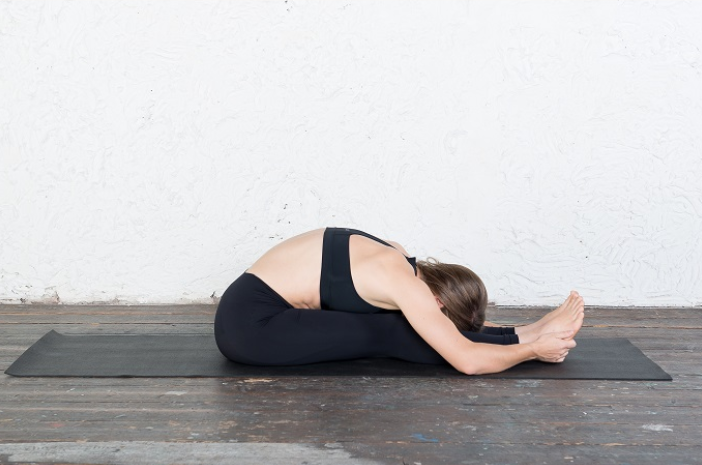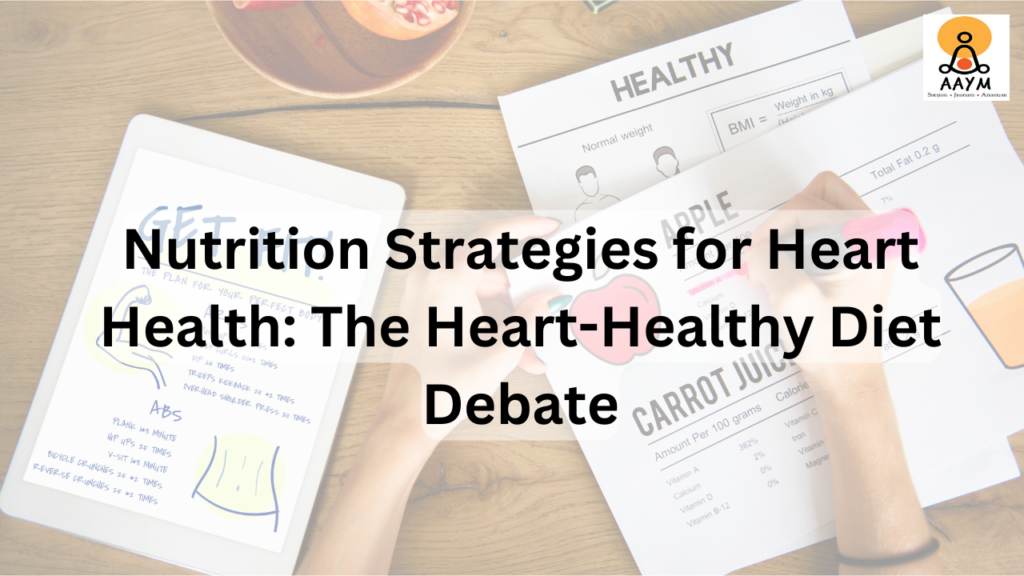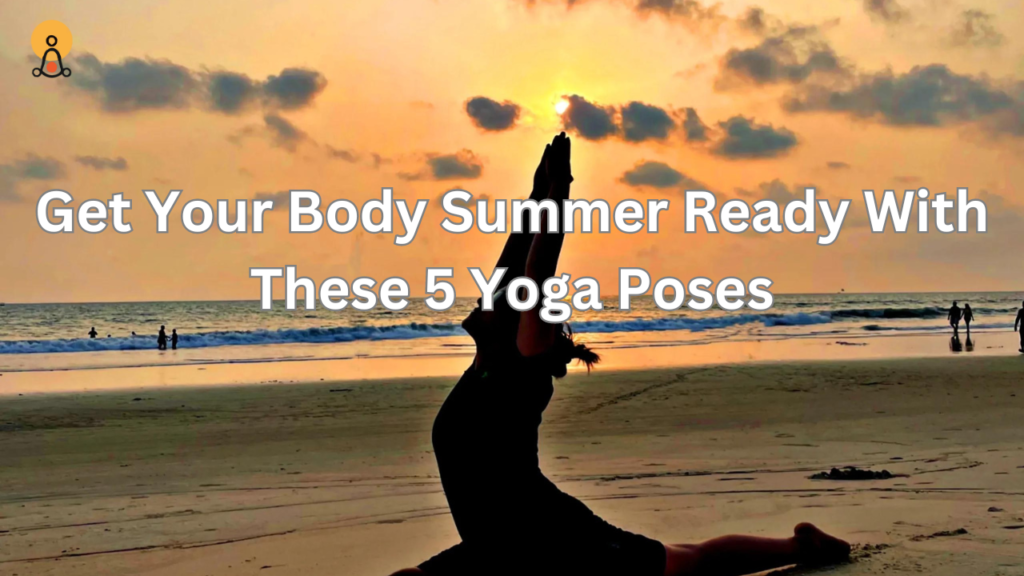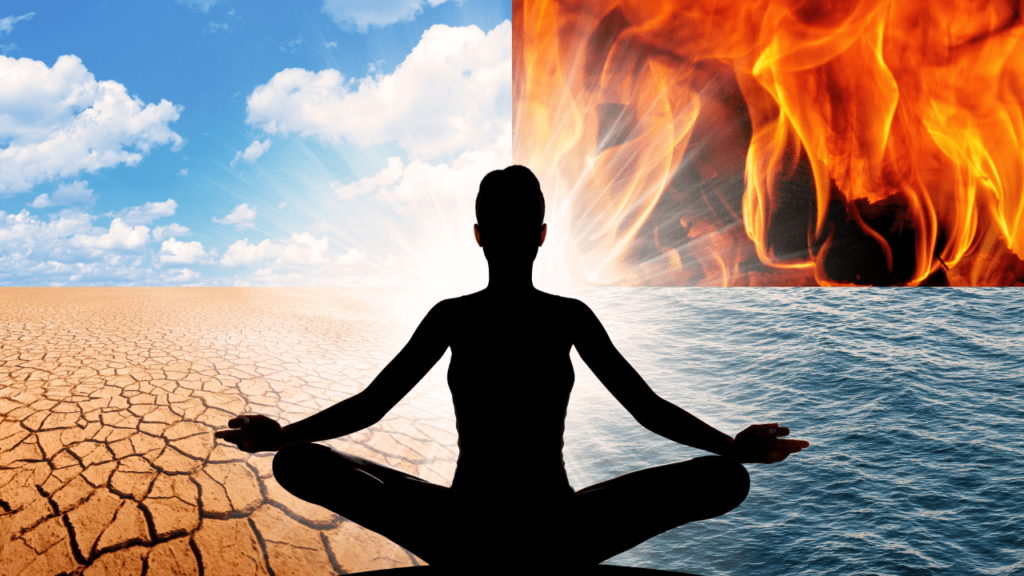Yoga for Migraine Relief: Effective Poses and Clinical Insights
Migraines clinically manifest as hemi-cranial throbbing pain associated with nausea, vomiting, heightened sensitivity to light (photophobia) and sound (phonophobia), with or without transient neurological symptoms. Affecting 13% of the global population, migraines are a prevalent primary headache disorder. They encompass prodromal, headache episode, and postdromal phases, all of which significantly impact productivity, quality of life, and cognitive function. The burden of migraines extends beyond individuals to their families and society, and migraines are also risk factors for ischemic cerebral and cardiovascular diseases. If left untreated, episodic migraines can progress to chronic migraines, potentially leading to medication overuse headaches and increased risk of suicide attempts. An imbalance in the autonomic nervous system (ANS) explains many clinical manifestations of migraines, such as nausea, vomiting, diarrhea, cutaneous vasoconstriction (pallor), vasodilatation (flushing), piloerection, and diaphoresis during acute migraine episodes. The Role of Yoga in Migraine Management Migraines, being chronic disorders with episodic disabilities, require long-term management and preventive strategies. Treatment typically involves both acute and preventive drugs alongside non-pharmacological approaches. Despite advancements in migraine research, complete relief remains elusive for many patients. Alternatives like biofeedback and relaxation techniques have proven beneficial for both migraines and tension-type headaches. A recent study aimed to evaluate the effect of yoga as adjuvant therapy for migraine patients. The study involved 60 participants divided into two groups: conventional care (Group CC) and yoga with conventional care (Group Y). Both groups were similar in demographics, such as age, gender distribution, height, and weight. No significant differences were noted in the mean duration of illness, frequency, and intensity of migraines between the two groups. The study found that incorporating yoga provided significant relief and improved outcomes compared to conventional care alone. Sukshma Vyayama: Gentle Joint Loosening Poses The Sukshma Vyayama series involves gentle full-body movements that loosen joints and improve circulation, which can be soothing for migraine sufferers: Wrist Rotation How to do it: Extend your arms straight in front of your chest at shoulder level, parallel to the ground. With palms facing down, make tight fists and move your fists up and down from your wrists. Elbow Bends How to do it: Extend your arms straight down at your sides with palms forward. Make tight fists, bend your arms at the elbows so your fists meet your shoulders with a forceful jerk, then stretch them down forcefully. Shoulder Rotations How to do it: Place your left fist on your left shoulder and your right fist on your right shoulder. Move your elbows toward each other in front of your chest, touching if possible. Rotate your arms in opposite directions—left arm clockwise and right arm counterclockwise. Reverse the direction and repeat. Neck Bends How to do it: Gently lower your head toward your chest, then tilt your head back as far as comfortable. Repeat by moving your head from right to left. 5.Neck Rotations How to do it: Gently roll your neck in a clockwise direction, then counterclockwise. Shashankasana (Hare Pose) This pose can help increase blood flow to the head, potentially alleviating migraine pain. How to do it: Kneel and sit back on your legs with your hands on your thighs. Inhale and raise both arms above your head. Exhale as you lean forward until your arms and forehead touch the floor. Hold for a few moments, then inhale and raise your upper body. Exhale and return to the starting position. Shavasana (Corpse Pose) A deeply relaxing pose that helps your body unwind, beneficial for reducing stress-induced migraines. How to do it: Lie on the floor with your arms by your sides and breathe normally for 5-10 minutes. Use a small, rolled-up towel under your neck and knees for added comfort. Yoga Poses During a Migraine Attack During a migraine, blood vessels dilate, increasing blood flow to the head. To alleviate this, opt for poses where your head is higher than your chest. Modify poses to maintain this alignment: – Child’s Pose Modification: Sit between your bent knees, bend at the waist, and place your forehead on a rolled-up blanket or towel to keep your head level with your chest. – Using a Head Wrap: Wrap a scarf or long piece of cloth tightly around your head and eyes for compression, which can provide soothing relief. Tips for Yoga Practice During a Migraine – Avoid Inversions: Some people find that poses where the head is below the heart and hips, like downward-facing dog, can worsen symptoms. Pay attention to your body and avoid inversions if they cause discomfort. – Listen to Your Body: Everyone’s experience with migraines is different. If a pose doesn’t feel right, skip it. The goal is to find relief and comfort. Incorporating yoga into your routine may help reduce the frequency and severity of migraines. Move gently and mindfully, especially during a migraine, and consult with a healthcare professional before starting any new exercise regimen. Through consistent practice, yoga can be a natural ally in managing migraine pain and improving quality of life.










